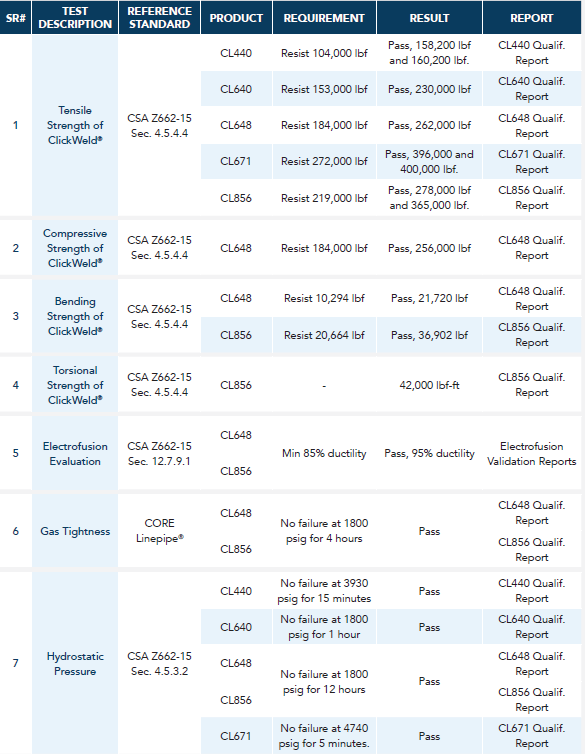

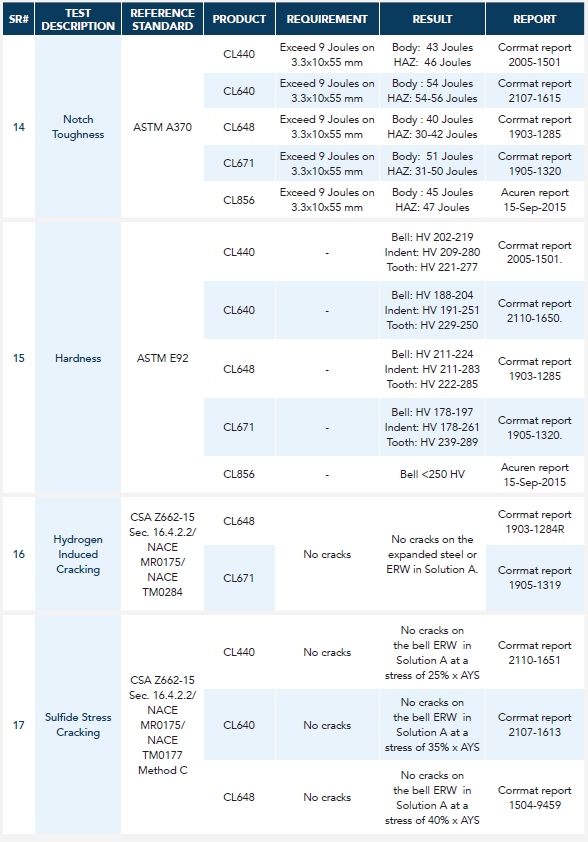

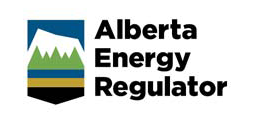
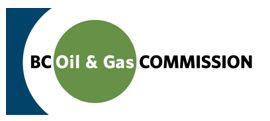
CORE Liner® is approved by the Alberta Energy Regulator and the BC Oil and Gas Commission. CORE Liner® pipelines are currently in operation in Alberta and British Columbia. CORE Liner® is also used for flowlines across Saskatchewan.
Please contact a CORE Sales Representative for further details on pipeline licensing.

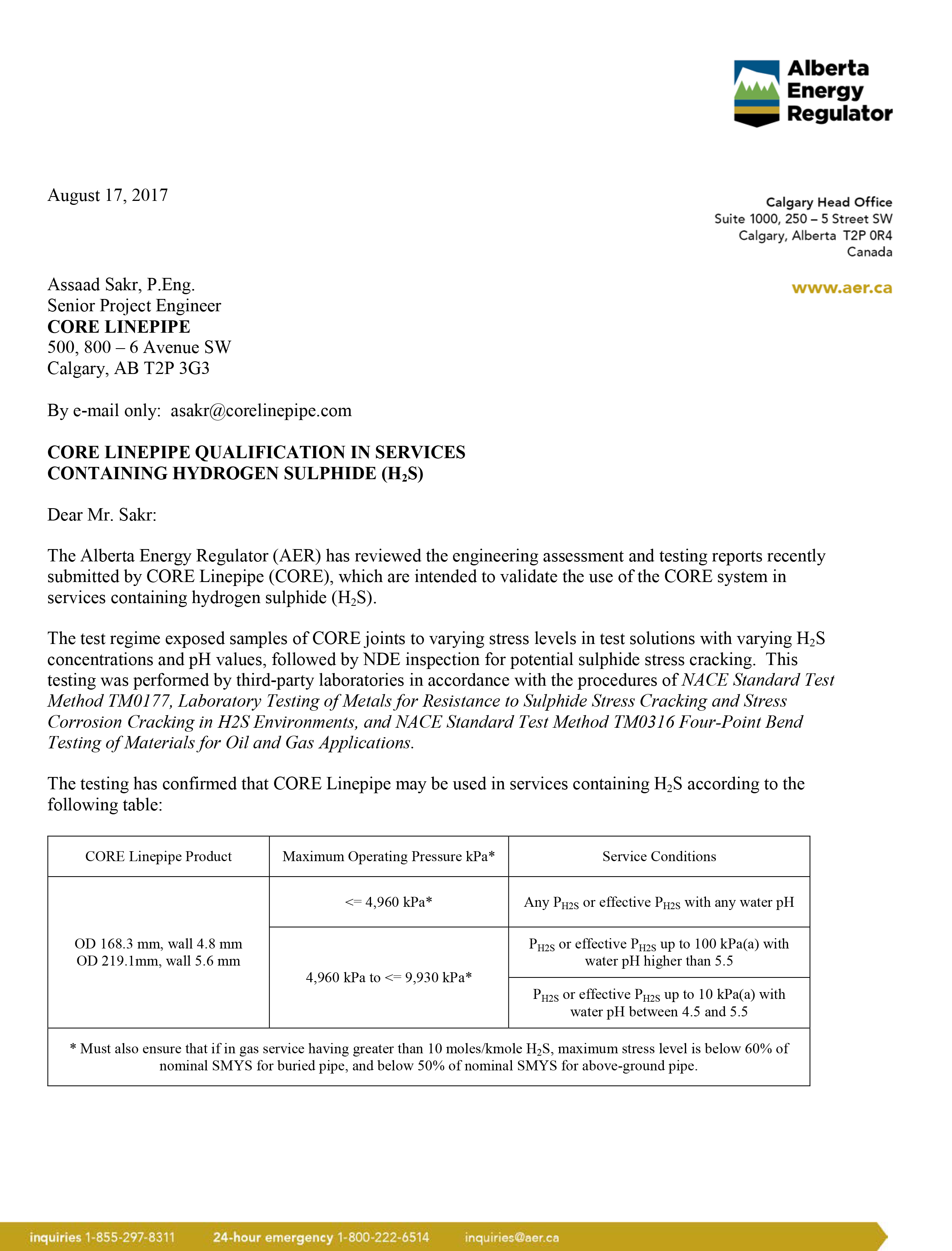
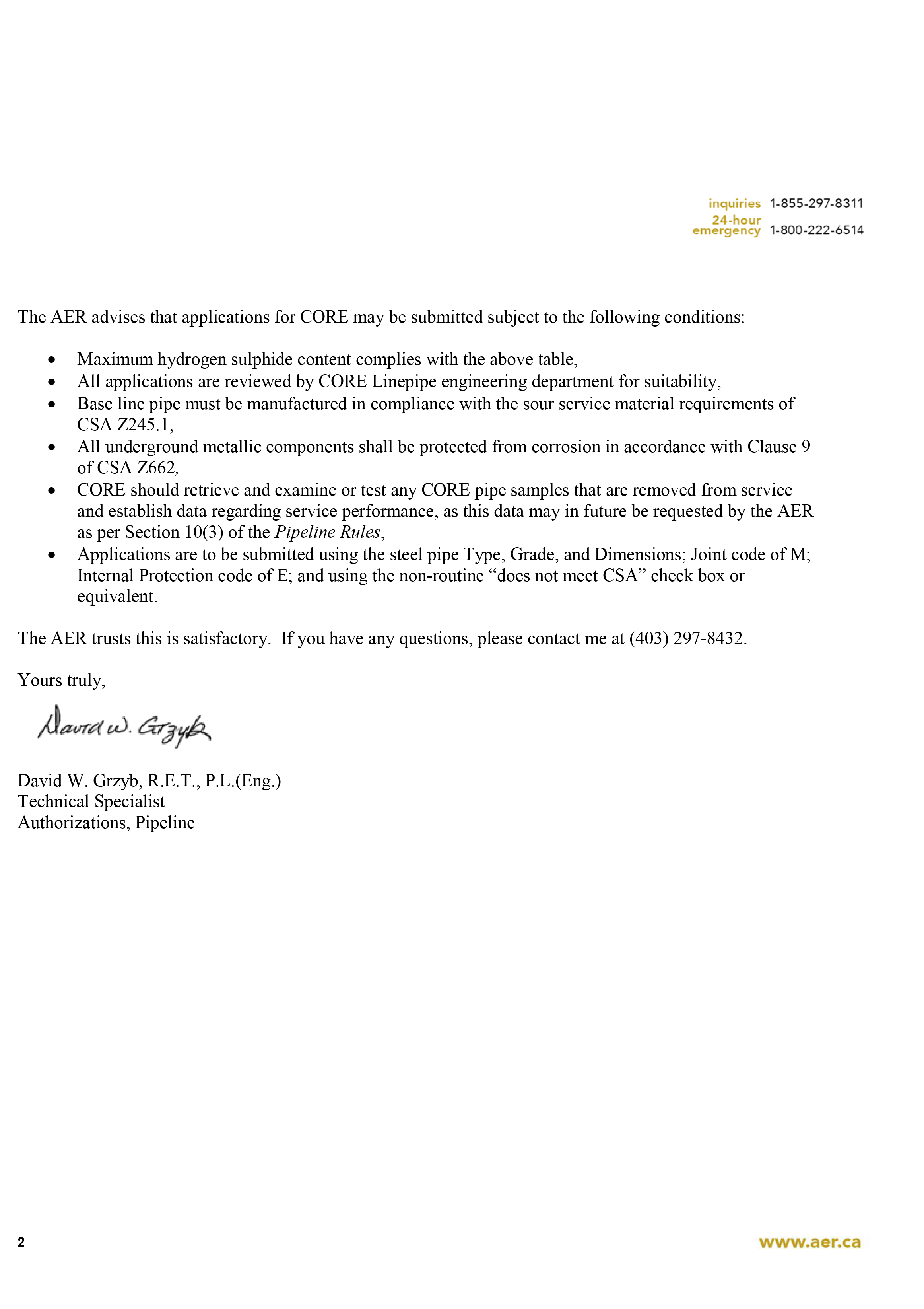
Download the AER Approval for CORE Liner® in Sour Service from the Master Library:
Resource Center
ClickWeld® is the innovative proprietary mechanical joining system of CORE Linepipe®. The ClickWeld® system uses high-grade carbon steel components to form a connection that is gas and liquid-tight, eliminating the need for field welding.

Assembly Is An 8-Step Process:
At the Production Plant:
In the Field:
Premium Electrofusion fittings (EF) serve as an alternative to butt fusion for HDPE joining.
CORE Liner® Dual Zone EF consists of an HDPE coupling with copper wiring embedded inside. That wiring is connected to an electrofusion control unit (ECU) that fuses the coupling and HDPE pipe, creating a homogenous joint stronger than the parent pipe.
The ECU measures and records a variety of data, adjusts fusion/soak time to account for ambient temperature and ensures continuity of the wiring. This data is included in CORE Liner® quality and traceability documentation.
EFs have more than 70 years of usage and are commonplace in gas distribution and offer significant advantages to butt fusion.
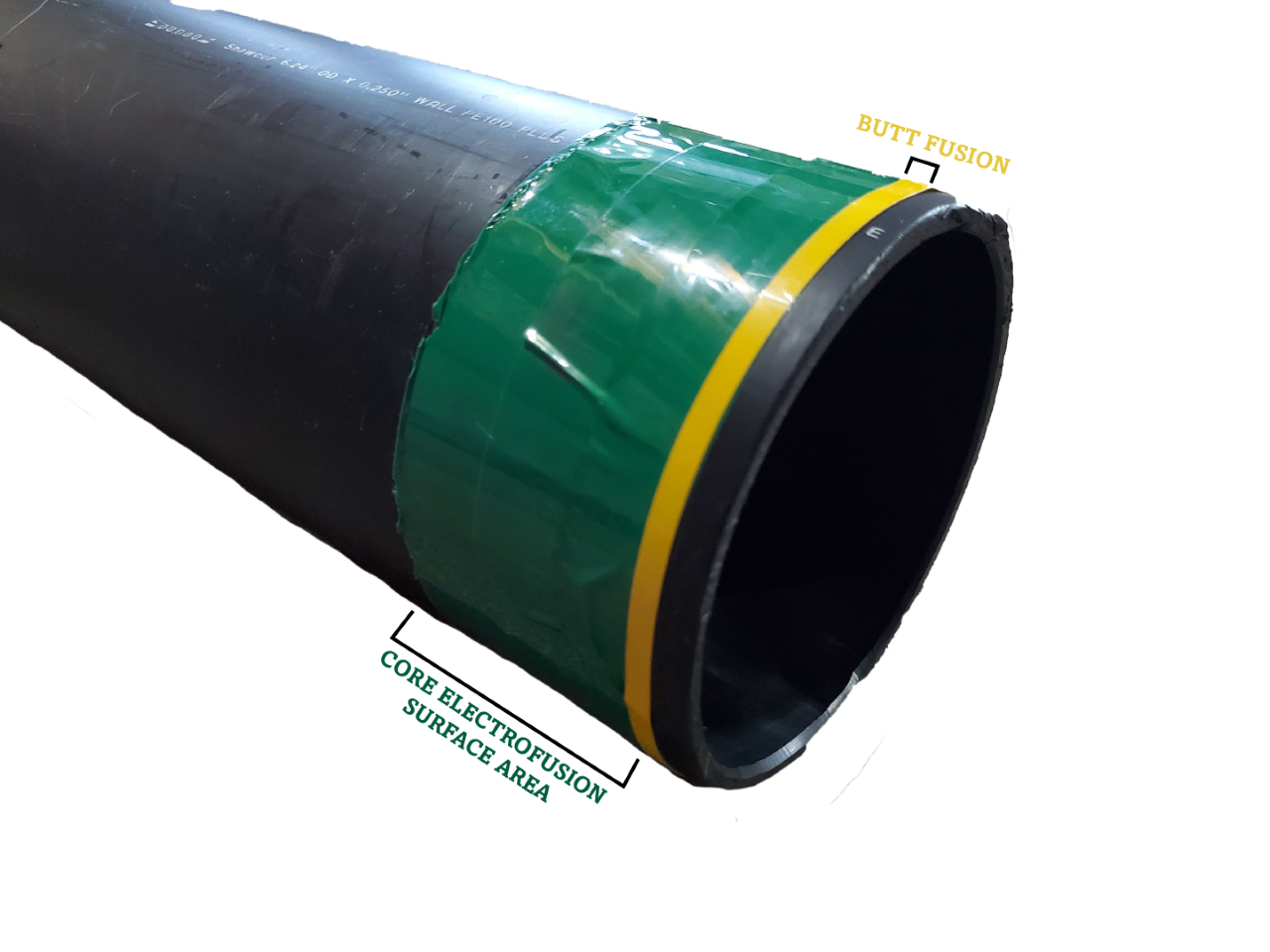

Advantages:
CORE Liner® is a pipe-in-pipe system that utilizes an outer steel pipe for structural strength and an inner polymer liner pipe for corrosion resistance. The outer steel pipe is joined using the proprietary ClickWeld® joining system, eliminating steel welding in the field. The inner polymer liner is joined using electrofusion fittings. CORE Liner® combines the strength of carbon steel and the corrosion resistance of polymers. Similar to other piping systems, CORE Liner® should be operated in accordance with the requirements of CSA Z662 and the applicable regulations.
Similar to other piping systems, CORE Liner® should be operated in accordance with the requirements of CSA Z662 and the applicable regulations.

After the pipeline has been hydrotested and commissioned, the routine startup procedure of a CORE
Liner® system should include a controlled and gradual flow increase to allow the pipeline to gradually
adjust to the temperature and pressure of the operating fluid. It is recommended to have the pipeline
vents open during the pipeline pressurization. The aim is to allow the gas that is present in the annular
space to vent out, and to check that the liner is leak tight, i.e. no bore liquids are able to reach the annular space.
Gas molecules have a natural ability to very slowly move through piping materials. This is called gas
permeation. Gas permeation occurs through polymer materials at a higher rate than through metallic
materials. In the case of lined steel products, the permeated gas can gather in the annular space of the
pipeline and increase the pressure of the annular space. As described in CSA Z662 clause 13.2.8.1, and
similar to other lined pipelines, it is important to regularly vent the annular space of the CORE Liner®
pipeline. This is achieved by routinely opening the vent ports provided at the CORE Liner® flanged
connections. The vents should be kept open until the venting almost stops. For pipelines in multiphase or gas service, and depending on the pipeline operating parameters and distance between vents, adequately venting the annular space may take up to few hours. Consult CORE Linepipe for project-specific guidance.
The venting frequency should be determined by the operating company based on the specific operating
parameters of each pipeline. CORE Linepipe recommends venting the pipeline system at least once every month. If the venting duration turns out to be excessive, the venting interval can be reduced to achieve a reasonable venting duration. It is required to vent pipelines containing a gas phase in the bore and subject to operating pressure fluctuations as frequently as practical to keep the annular pressure as low as
possible.

The annular space of CORE Liner® should be vented prior to depressurizing the pipeline bore. It is required to depressurize the bore slowly to allow the gas that permeated the liner to fully vent out of the annular space. It is also recommended to continuously control the bore depressurization rate by monitoring the pressure in the pipe bore and the annular space to ensure the liner is never subjected to a buckling pressure. This is particularly important for pipelines containing a gas phase. Depressurizing the bore while the annular space is still under pressure may result in liner buckling and possibly collapse.
CORE Liner® is generally able to resist full vacuum. Nevertheless, to prevent liner collapse, the pipeline vents should not be opened while the liner is under vacuum conditions. In addition, in services where vacuum is expected to last for more than one hour per occurrence, countermeasures such as vacuum breakers are recommended as an additional level of protection.
CORE Liner® may be pigged using medium-density foam pigs or custom made polyurethane disk pigs.
Typically, medium-density foam pigs are used for dewatering, while polyurethane disk pigs are used for
removing wax buildup. Steel wire brush pigs should not be used with CORE Liner® as they may scrape and damage the polymer liner. The pipeline should be pigged frequent enough to prevent any substantial buildup from occurring. Pigging a pipeline containing a substantial buildup or blockage may result in pipeline damage or in the pig getting stuck. It is recommended to vent the system immediately before and after the pigging to confirm that the liner is leak tight, i.e. no bore fluids are coming out of vents.
Where hot oiling a CORE Liner® is needed, the pressure and temperature during the hot oiling should not exceed the following values:

It is recommended to vent the pipeline immediately before the hot oiling to avoid the potential of buckling the liner as a result of the liner softening during the hot oiling. It is also recommended to vent the pipeline after the hot oiling to confirm that the liner is leak tight, i.e. no bore fluids are coming out of vents.
The internal HDPE layer of CORE Liner® is resistant to alcohols. Methanol and ethanol can be used with CORE Liner® both in continuous dosing or as batch treatment. If continuous alcohol dosing is used, adequate countermeasures should be in place to mitigate the effects of the potential presence of oxygen in the alcohol being injected.
The carbon steel pipes, flanges and ClickWeld® components of the CORE Liner® system are interconnected over the length of the pipeline without interruption, which provides a continuous electrical path on the CORE Liner® pipeline from flanged end to flanged end. Standard cathodic protection typically used on coated carbon steel pipelines may be used on CORE Liner® pipelines.
CORE Linepipe® has an industry-leading quality assurance and quality control program. Each part of our system adheres to internationally recognized standards and are manufactured using the principles of 6-sigma quality control. Our robust program allows for complete traceability from factory to field, with a project binder given to our customers after each project. We focus on quality, so you can focus on everything else.
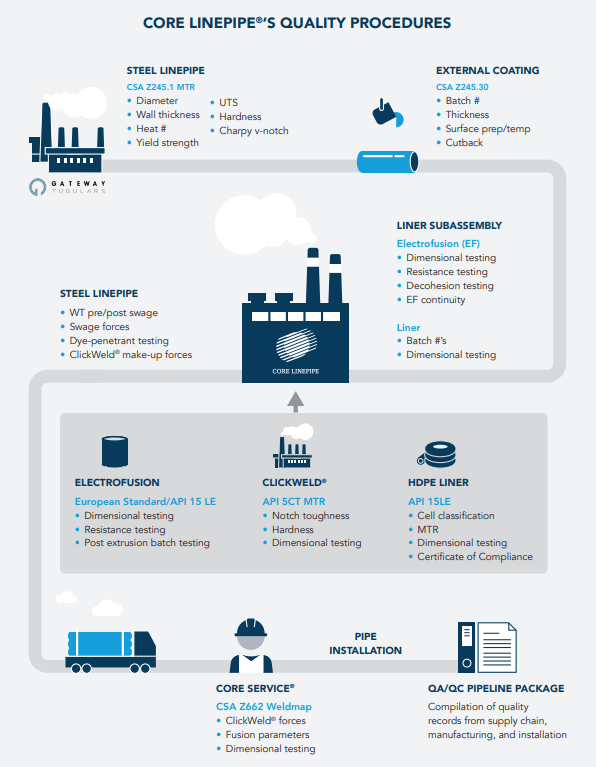
CORE Linepipe® is ISO 9001:2015 certified by NSF-ISR for engineering, design and development, sales, procurement, production, assembly, storage, and preservation of all CORE Linepipe® patented products and services and field services.
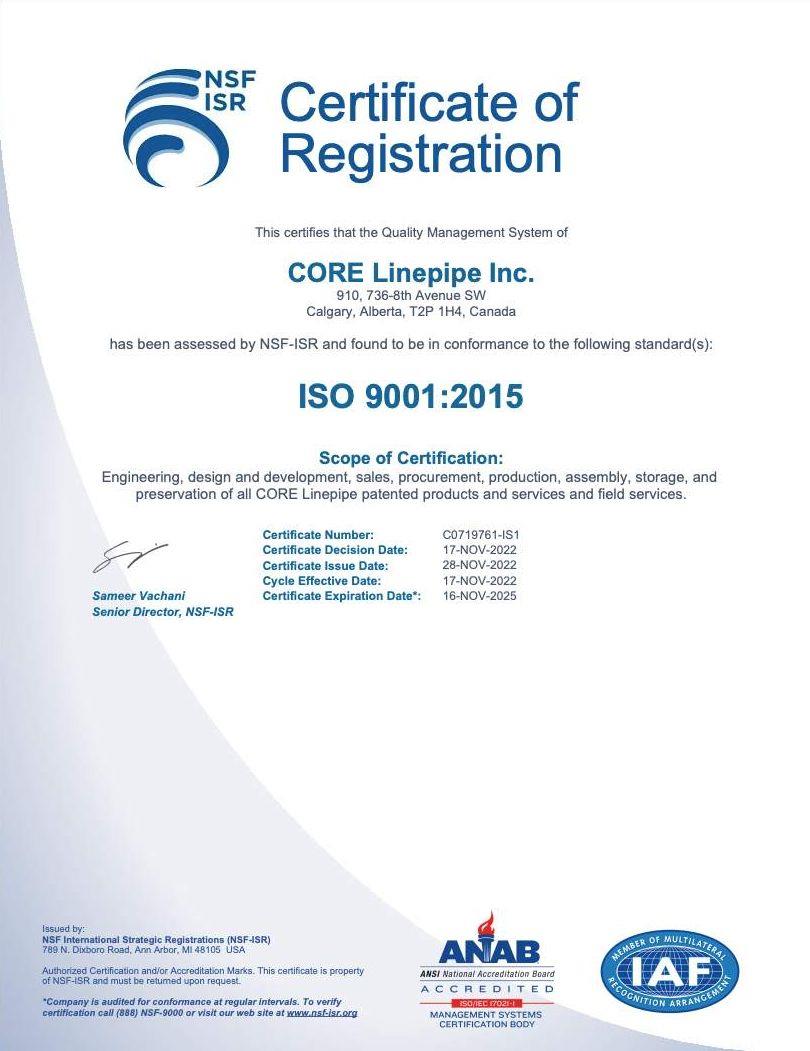
The safety of all stakeholders is at the forefront of the CORE Linepipe® business model. Safety and quality have been considered throughout the development of every strategy, process, system and product. The CORE Linepipe® team takes pride in having a safety and quality culture built from:
CORE Linepipe® successfully worked through the Manufacturer’s Health & Safety Association to obtain our COR (Certificate of Recognition) with a 2021 external audit score of 98.5%.
In February of 2022, CORE Linepipe® introduced a training program that offers practical techniques to keep workers alert to risk all day, every day. By implementing SafeStart, CORE Linepipe® can build off existing progress and further develop workplace safety awareness.
In March of 2018, CORE Linepipe® launched a safety campaign to increase engagement and improve safety culture. The “See Something Say Something Do Something” campaign is working to alter behavior and transition CORE Linepipe® to a pro-active, operations-owned safety culture.
